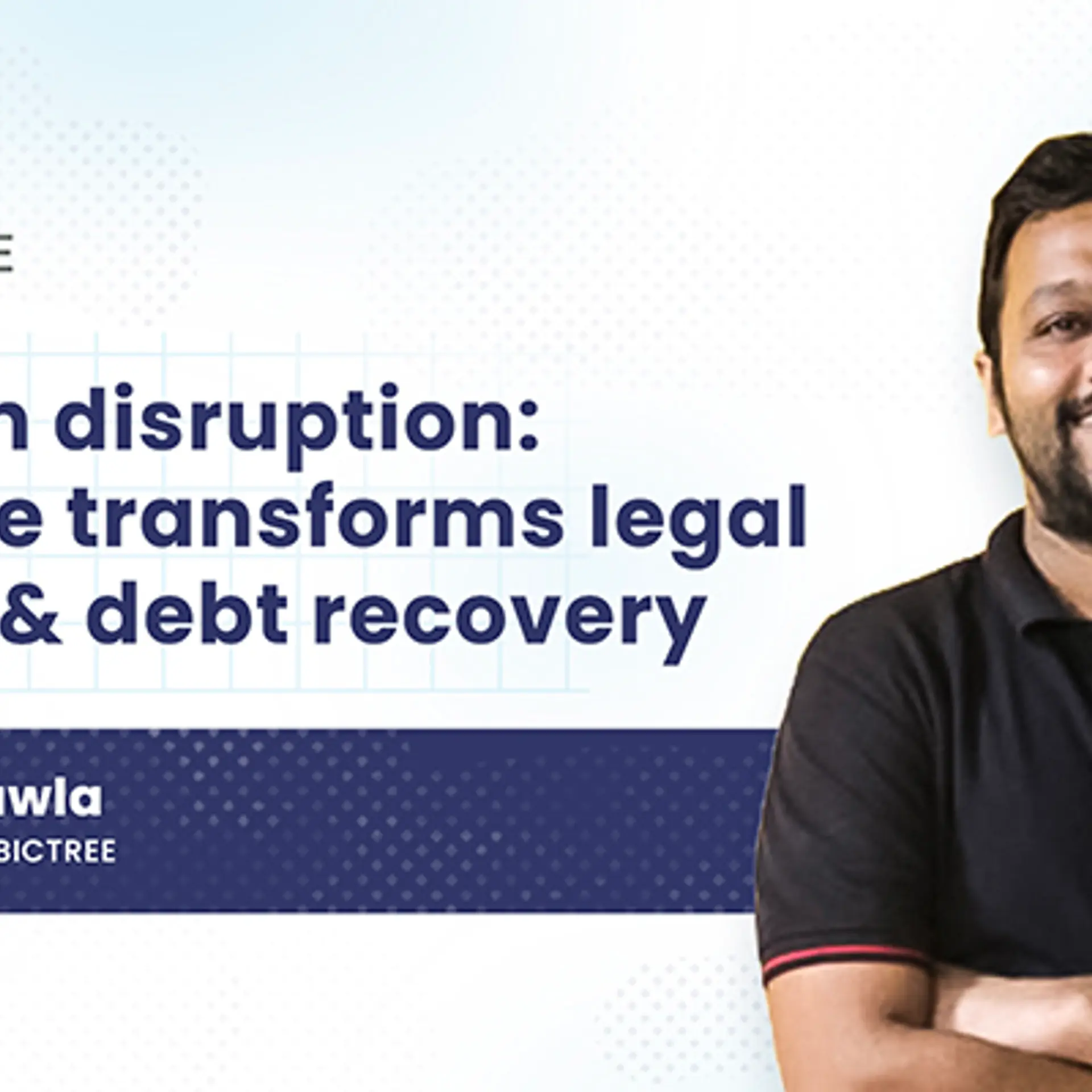
Microsoft Azure
View Brand PublisherThe A-Z of empowering the startup ecosystem in India
Industry leaders cited key changes in the incubation and innovation landscape that are steering the next phase of growth of the Indian startup ecosystem at a recent Microsoft webinar.
India is home to the third-largest base of technology startups in the world after the US and China. With a growing entrepreneurship culture, a supportive ecosystem, India’s startups and small businesses are not only expected to further drive economic and business transformation but also cement its position as a key growth driver to India’s dream of becoming a $5 trillion economy.
Microsoft is supporting the pace and depth of innovation in the current Indian startup ecosystem with its tech and business partnerships, and to help startups gain a better understanding of Azure, Microsoft and YourStory curated a webinar titled ‘Empowering Startups’.
The webinar kick-started with an overview of Microsoft’s ‘Code Titans National Level Startup Hackathon 2022’ which not only invites shortlisted startups to build their prototype on Azure, but also gives them a chance to make a pitch to the jury members. Apart from cash prizes and Azure credits for the winners, the top 25 shortlisted startups get a chance to access self-led learning at Microsoft for Startups, network with experienced mentors and access feedback and advice, and also access technical assistance to build a more scalable and robust product.
A panel discussion featuring Vinayak Hegde, CTO-in-Residence, Microsoft for Startups; Pranav Marwah, Co-founder, ThinQbate; and Shreeram Iyer, VP, Ecosystem Innovation, T-Hub, covered factors influencing startups to mature into enterprise-ready companies and solutions that can help them scale every aspect of their business.
Key changes in the innovation landscape
Pranav defined innovation as “a misnomer driven by people doing interesting things”. The major shift in the landscape of incubation and innovation, according to him, has been in the mindset of young innovators. “Young founders are a lot more confident that they could potentially convert a product into a business,” he said. Startups driven by quality founders who have the ability to innovate and execute simultaneously have resulted in a major capital flow towards early-stage incubation.
Adding to this, Shreeram pointed out the attention and interest of the local governments as another major change in the landscape of innovation and incubation. The recent undying support of the government has been a tremendous positive change for startups. “From a policy perspective, the biggest challenge for a country is to create jobs. And the best means to do that is startups,” he added.
Another trend that has changed in the favour of startups is with respect to funding and the phenomenal increase in investments. State and Central government schemes, especially for deep tech, have ensured in making the funding process much easier. IMF programmes like the one pioneered by T-Hub, wherein migration of startups across the globe is phenomenal, is another great example of these key changes in the startup scenario.
Community building for ensuring sustainable growth
An ecosystem cannot be created unless there is contribution from all stakeholders. From funding, to partner resellers, to accelerators, each stakeholder of the ecosystem has to contribute and complement the other in some way to ensure sustainable growth of startups. Vinayak pointed out how successful startups and MNCs have helped in creating a large pool of people with product experience and the right kind of training. “A lot of startups not only grew but also trained a whole bunch of people on technical skills as well as on product thinking. These people have gone ahead and built their own startup,” he added.
The increasing support from large corporations like Microsoft, Google, and Amazon is also very apparent. These big players have been more open to buying from startups even in their nascent stages, changing the whole mindset about the high mortality rate of startups.
Navigating through challenges
From running out of funding to not finding the perfect market fit, the biggest challenge for most startups is ‘over engineering’. Startups end up building very large systems without having a good product market fit or the right customers. This often results in derailing them from what they initially set out to do. “It's not about building the perfect product, it's about building the most contextual, relevant product that the consumer will appreciate and pay for,” quips Pranav.
Coining the perfect term to match the need of the hour, Vinayak advises startups to aim for ‘just-in-time engineering’ wherein a product is built for a three to six month period keeping in mind the dynamic customer and the ever evolving market.
Key aspects for the next phase
For Shreeram, the key focus should be to become vertical specific going forward – with an emphasis on international exchanges, wider international presence, giving indigenous startups the opportunity to go overseas and vice versa, and going vertical specific and giving Indian startups what they want from the best possible source. In addition to this, constant and extensive upskilling and a broader mindset for a changing perspective are some of the key aspects for the next phase of building a sustainable startup ecosystem in India.
For more information on hackathon and to register your startups,







